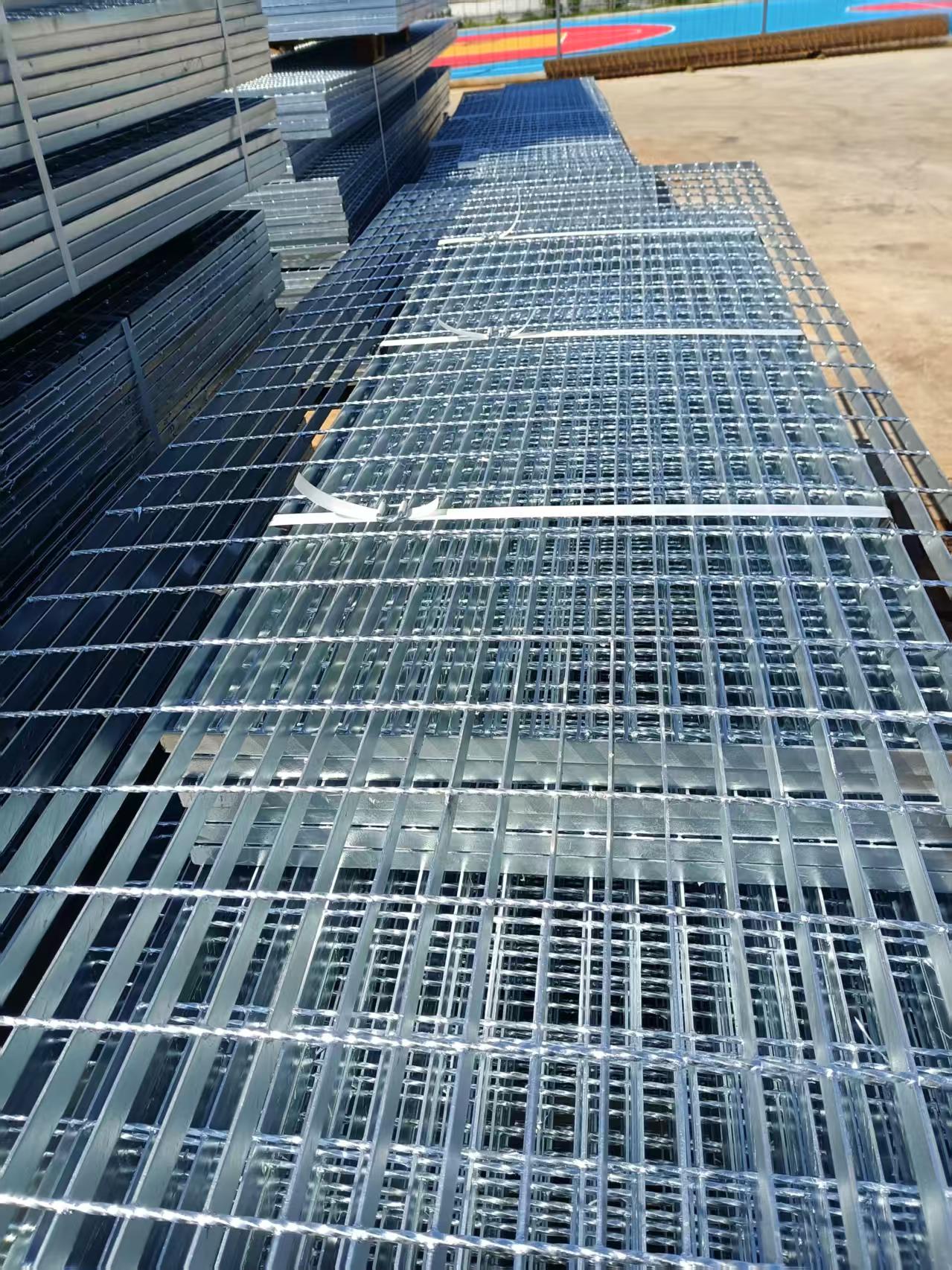In modern industrial and construction environments, safety, durability, and load-bearing capacity are essential. Among the many materials used for platforms, walkways, and drainage covers, Press-welded steel grating stands out as a high-performance, cost-effective choice. It provides excellent strength, corrosion resistance, and a clean, uniform appearance—making it ideal for both industrial and architectural applications.
What Is Press-Welded Steel Grating?
Press-welded steel grating is a type of steel grating where the bearing bars and cross bars are joined together by hydraulic pressing instead of welding. This creates a tight, uniform, and stable grid structure without the need for heat treatment, ensuring precision and aesthetic appeal.
Key characteristics:
-
Smooth, consistent surface – Ideal for public and architectural areas.
-
High load capacity – Provides stable support for heavy-duty applications.
-
No welding deformation – Maintains dimensional accuracy and visual quality.
-
Corrosion-resistant coating options – Galvanized or stainless-steel surfaces extend service life.
Advantages of Using Press-Welded Steel Grating in Industrial Projects
For B2B users—such as contractors, engineers, and facility managers—Press-welded steel grating offers several tangible benefits:
-
Versatility – Suitable for platforms, catwalks, stair treads, fences, ventilation screens, and flooring.
-
Customizable designs – Available in various bar thicknesses, spacing, and materials to meet specific project requirements.
-
Enhanced safety – Anti-slip surfaces and drainage gaps reduce accident risks in wet or oily environments.
-
Low maintenance – Minimal upkeep required even in corrosive or high-traffic settings.
-
Sustainability – Fully recyclable material that supports green building initiatives.
Common Applications
Press-welded steel grating is widely used across multiple industries due to its strong mechanical properties and professional appearance:
-
Industrial platforms and walkways
-
Power plants and chemical facilities
-
Public infrastructure (bridges, subways, and drainage covers)
-
Architectural façades and sunshades
-
Marine and offshore platforms
Material and Surface Options
Depending on the environment and load requirements, users can choose different material configurations:
-
Mild Steel – Cost-effective and strong, ideal for general use.
-
Galvanized Steel – Corrosion-resistant and suitable for outdoor or humid conditions.
-
Stainless Steel – Excellent resistance to chemicals and aesthetic appeal for architectural projects.
Surface treatments such as hot-dip galvanizing, painting, or powder coating further enhance protection and extend service life.
Conclusion
Press-welded steel grating combines precision engineering, structural reliability, and long-lasting performance. It is an optimal solution for B2B users seeking safe, durable, and low-maintenance flooring or support structures. Whether in industrial, commercial, or architectural settings, it delivers both functional and aesthetic value—making it a smart investment for long-term infrastructure performance.
FAQ
1. What is the difference between Press-welded and traditional welded steel grating?
Press-welded steel grating uses hydraulic pressure to interlock the bars, ensuring a flat and uniform surface without welding deformation, while traditional welded grating uses heat to fuse the joints.
2. Can Press-welded steel grating be used outdoors?
Yes. Galvanized or stainless-steel Press-welded steel grating performs excellently in outdoor and corrosive environments.
3. Is customization available for Press-welded steel grating?
Absolutely. Manufacturers can customize dimensions, bar spacing, materials, and coatings to meet project-specific requirements.
4. How long does Press-welded steel grating last?
With proper surface treatment and regular inspection, Press-welded steel grating can last for decades—even under heavy load or harsh conditions
Post time: Oct-14-2025

